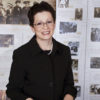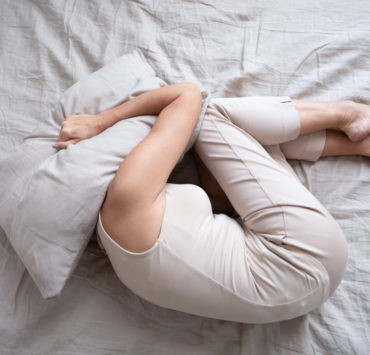Women Justices and Judges In History
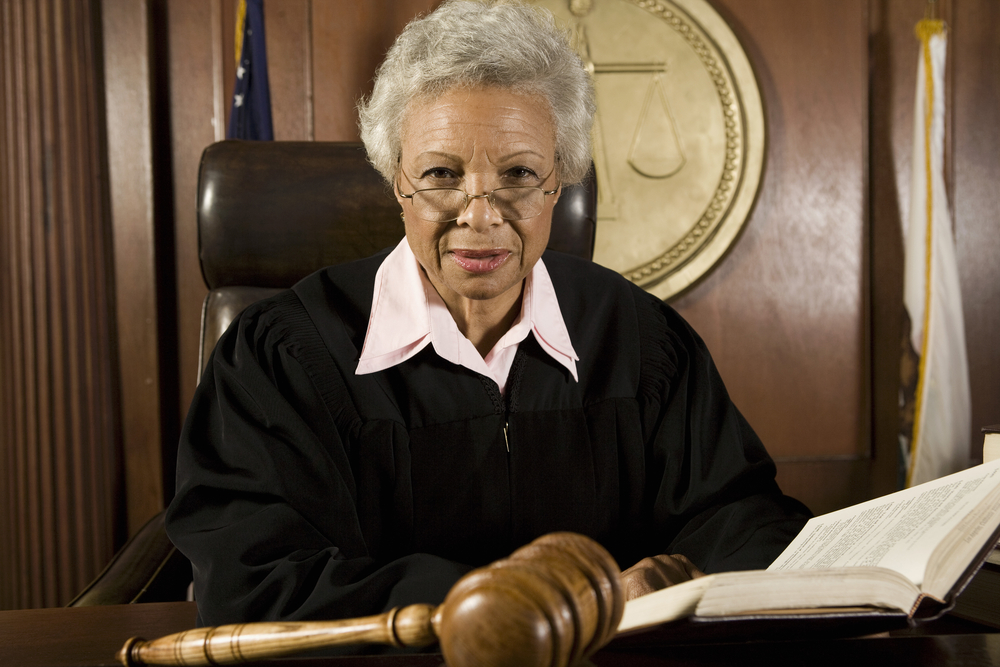
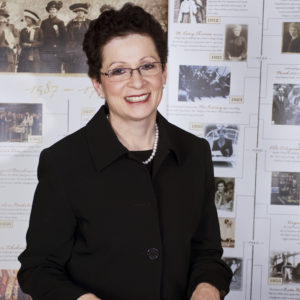
Jill S. Tietjen, PE, is an author, national speaker, and…
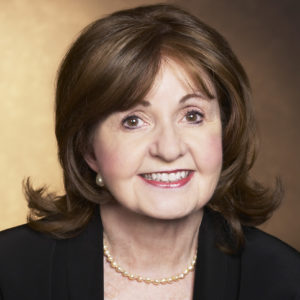
Charlotte S. Waisman, Ph.D. is a national champion and advocate…
The United States Supreme Court took the unprecedented step of holding virtual hearings during 2020 due to the pandemic. Justice Ginsburg even participated remotely from her hospital bed! Determined and persistent women have participated in our legal system as judges and U.S. Supreme Court Justices now for a century. Let’s learn about some of these pioneering judges and justices, all of whom have been inducted into the National Women’s Hall of Fame.
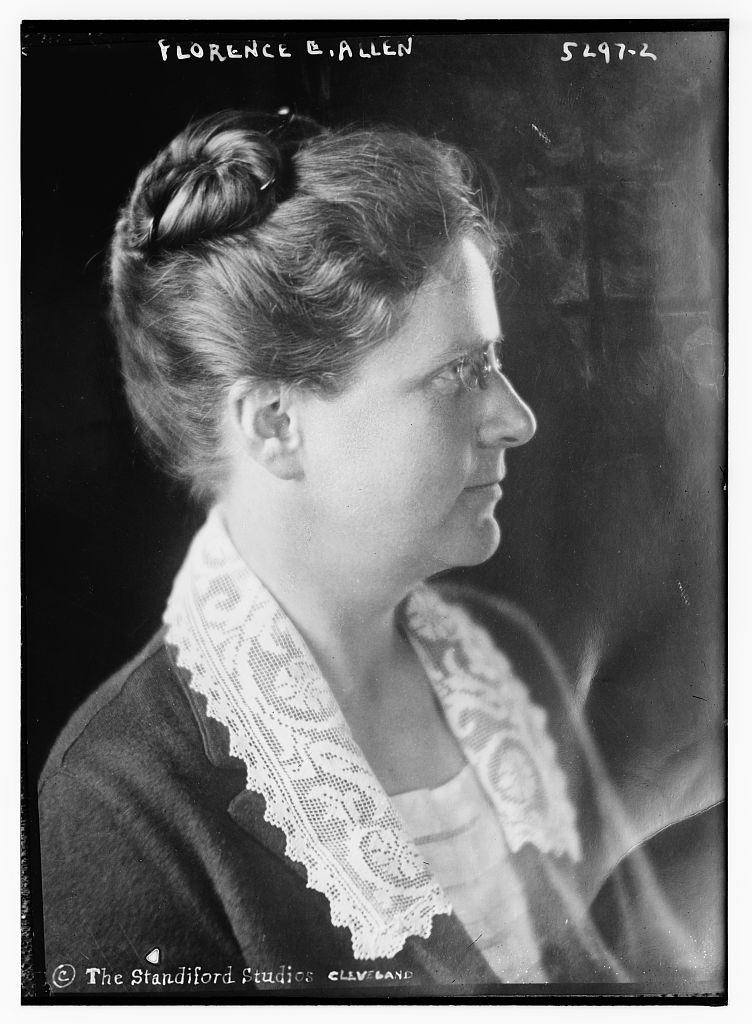
A woman of many firsts, Florence Allen did her undergraduate work (Phi Beta Kappa) at Case Western University. Since the law school at Case Western did not admit women, she began her law education at the University of Chicago in 1909, the only woman in a class of 100 students. She finished her degree at New York University Law School. Although second in her class when she graduated in 1913, she did not receive any job offers from the New York legal firms (the same situation faced decades later by Ruth Bader Ginsburg) so she moved back to Cleveland, Ohio.
Allen was admitted to the bar in Ohio in 1914. In 1919, she was appointed assistant prosecutor for Cuyahoga County. After the 19th Amendment enfranchising women was ratified in 1920, her friends urged her to run for a judgeship. She then became the first woman elected to a judicial office in the country. In 1922, she became the first woman elected to the highest court in any state, when she won the election to the Supreme Court of Ohio. In 1934, she became the first woman appointed and confirmed to a federal appeals court judgeship when she began service on the U.S. Sixth Circuit Court of Appeals.
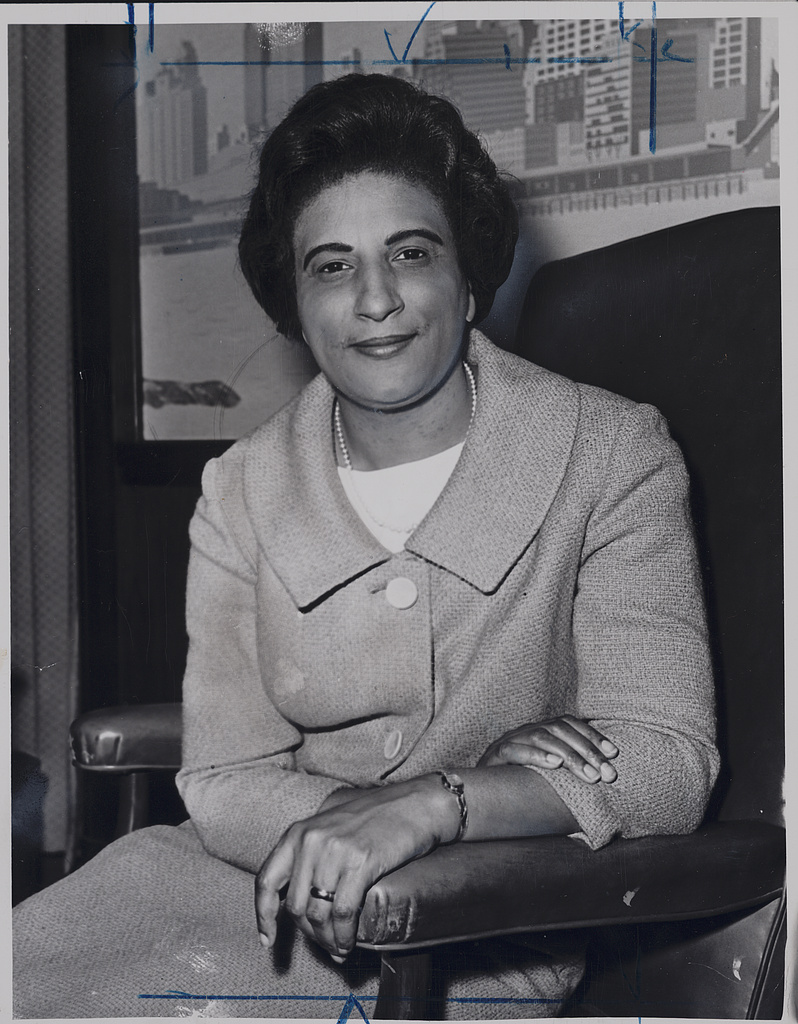
Like Florence Allen, Constance Baker Motley was also a woman of many firsts. Although she decided at age 15 that she wanted to be a lawyer, finances were an issue. After receiving an offer to have her college paid for her, she enrolled at Fisk University and then transferred to New York University from which she graduated. In 1946, when she graduated from Columbia Law School, she was only the second African-American woman to have achieved that milestone.
Motley worked at the NAACP Legal Defense Fund with the famed Thurgood Marshall. She was the first African-American woman to argue cases before the U.S. Supreme Court and she won nine out of ten of those cases between 1961 and 1963. The first woman to be elected to the New York State Senate (in 1964), she became the first woman to serve as Manhattan Borough President in 1965. In 1966, President Johnson appointed her to the U.S. District Court, the first African-American woman to hold a federal judgeship.
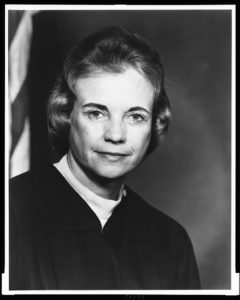
Unable to find work after graduating third in her class from Stanford University’s Law School because of her gender, Sandra Day O’Connor worked without pay for a California county attorney in order to get experience. After returning from overseas, she established her own successful practice in Arizona, as law firms would not hire her. In 1965, she was named assistant attorney general for the state of Arizona. After being named to fill a vacancy in the Arizona State Senate, she successfully was re-elected to two terms and served as the Senate Majority Leader. After her election to several courts in Arizona, President Ronald Reagan named her the first woman to be appointed to the U.S. Supreme Court in 1981. O’Connor served on the U.S. Supreme Court for 24 years.
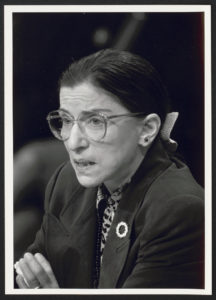
Justice Ruth Bader Ginsburg could not find employment as an attorney after she graduated. She was tied for first in her law school class, having been a member of the Harvard Law Review and the Columbia Law Review, but she was a woman, a mother and Jewish. She entered Harvard Law School in 1956 but completed her law education at Columbia Law School after her husband was offered a job in New York City. She spent time in academia and worked to advance the cause of gender equity. The first woman tenured at Columbia Law School, she later became the American Civil Liberties Union general counsel. In 1993, President Bill Clinton nominated her as an Associate Justice to the U.S. Supreme Court and she was confirmed. Justice Ginsburg has now been celebrated in film both through the documentary RBG and the feature film On the Basis of Sex.

The first Hispanic and first Latina justice on the United States Supreme Court, Sonia Sotomayor was appointed by President Barack Obama in 2009. Born in New York City to Puerto Rican parents, Sotomayor is an avid New York Yankees fan! She also knew by the age of ten that she was going to become an attorney. She was admitted to Princeton University on a full scholarship already convinced of the importance and value of education. She entered the Yale University Law School, also on scholarship, and served as editor of the Yale Law Journal during her time there.
Upon her law school graduation, Sotomayor became an assistant district attorney in New York County. Sotomayor joined a private law practice in 1984 where she specialized in intellectual property litigation, international law, and arbitration. Sotomayor wanted to be a judge since elementary school, and she achieved that ambition in 1992 when she was appointed by President H.W. Bush and confirmed to a seat on the U.S. District Court of the Southern District of New York. A trailblazer, she was appointed to the U.S. Court of Appeals for the Second Circuit in 1998. Her many honors include honorary law degrees and the Katharine Hepburn Medal from Bryn Mawr College.
Women participate and contribute to every area of our lives. These amazing women justices and judges, as well as many others, almost all of whom we have not heard about nor learned about in school, are profiled in our book, Her Story: A Timeline of the Women Who Changed America. Help us by continuing to tell women’s stories. Write women back into history! Tell young women especially, that their dreams in any field of endeavor or interest, can become a reality.
Author: Jill Tietjen
Jill S. Tietjen, PE, is an author, national speaker, and an electrical engineer. After 40 years in the electric utility industry, her professional focus is now on women’s advocacy, worldwide. She blogs for The Huffington Post, speaks nationally on the accomplishments of women, nominates women for awards, and continues to write books (8 published to date), following in the footsteps of her bestselling and award-winning book, Her Story: A Timeline of the Women Who Changed America (written with Charlotte Waisman). She is a frequent keynote speaker as her positive energy and her ability to relate to the audience result in inspired and energized listeners. The recipient of many awards, her induction into the Colorado Women’s Hall of Fame in 2010 remains one of her most treasured.

Jill S. Tietjen, PE, is an author, national speaker, and an electrical engineer. After 40 years in the electric utility industry, her professional focus is now on women’s advocacy, worldwide. She blogs for The Huffington Post, speaks nationally on the accomplishments of women, nominates women for awards, and continues to write books (8 published to date), following in the footsteps of her bestselling and award-winning book, Her Story: A Timeline of the Women Who Changed America (written with Charlotte Waisman). She is a frequent keynote speaker as her positive energy and her ability to relate to the audience result in inspired and energized listeners. The recipient of many awards, her induction into the Colorado Women’s Hall of Fame in 2010 remains one of her most treasured.

Charlotte S. Waisman, Ph.D. is a national champion and advocate for women as a professor and keynote speaker. A corporate leader, executive coach, and facilitator, she conducts leadership workshops nationally.

